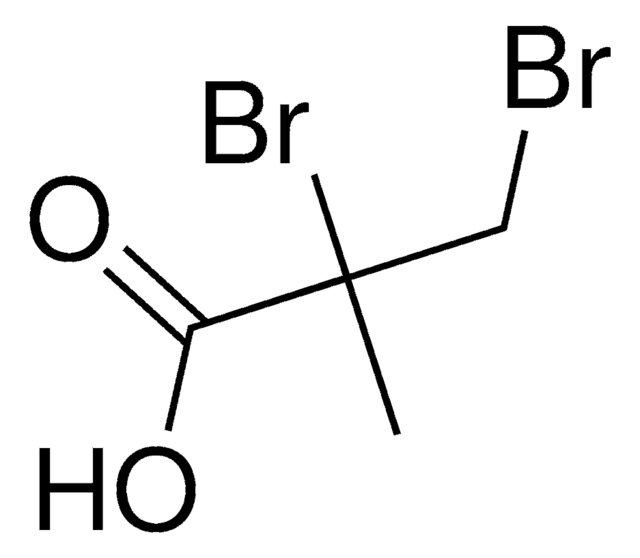648566
Toluène
suitable for HPLC, ≥99.9%
About This Item
Produits recommandés
Qualité
HPLC grade
Niveau de qualité
Densité de vapeur
3.2 (vs air)
Pression de vapeur
22 mmHg ( 20 °C)
26 mmHg ( 25 °C)
Essai
≥99.9%
Forme
liquid
Température d'inflammation spontanée
997 °F
Limite d'explosivité
7 %
Technique(s)
HPLC: suitable
Impuretés
≤0.02% water
Résidus d'évap.
≤0.0005%
Couleur
colorless
Indice de réfraction
n/D 1.496 (lit.)
pb
110-111 °C (lit.)
Pf
-93 °C (lit.)
Densité
0.865 g/mL at 25 °C (lit.)
Absorption UV
λ: 290 nm Amax: 0.30
λ: 310 nm Amax: 0.05
λ: 350 nm Amax: 0.004
Chaîne SMILES
Cc1ccccc1
InChI
1S/C7H8/c1-7-5-3-2-4-6-7/h2-6H,1H3
Clé InChI
YXFVVABEGXRONW-UHFFFAOYSA-N
Vous recherchez des produits similaires ? Visite Guide de comparaison des produits
Catégories apparentées
Description générale
Application
- As a doping agent during the quantitative estimation of triacylglycerols (TAGs) by liquid chromatography-atmospheric pressure photoionization-mass spectrometry (LC-APPIMS). It has been reported to improve the sensitivity of analysis.[4]
- For the decontamination of microbial cultures and lyse bacterial cells in bacterial enzyme assays.[1]
- As a solvent for the preparation of 4-arm polylactide-based (PLA) star oligomer.[5]
Conditionnement
As a global leader in lab reagents, we are constantly looking for new ways to optimize the safety of our products. The newly developed 4L solvent bottle design features advanced sealing technology that eliminates leaks to make the handling of solvents safer and more convenient than ever before.
See all the new features here!
Mention d'avertissement
Danger
Mentions de danger
Conseils de prudence
Classification des risques
Aquatic Chronic 3 - Asp. Tox. 1 - Flam. Liq. 2 - Repr. 2 - Skin Irrit. 2 - STOT RE 2 Inhalation - STOT SE 3
Organes cibles
Central nervous system
Code de la classe de stockage
3 - Flammable liquids
Classe de danger pour l'eau (WGK)
WGK 3
Point d'éclair (°F)
39.9 °F - closed cup
Point d'éclair (°C)
4.4 °C - closed cup
Équipement de protection individuelle
Eyeshields, Faceshields, Gloves, type ABEK (EN14387) respirator filter
Faites votre choix parmi les versions les plus récentes :
Déjà en possession de ce produit ?
Retrouvez la documentation relative aux produits que vous avez récemment achetés dans la Bibliothèque de documents.
Les clients ont également consulté
Active Filters
Notre équipe de scientifiques dispose d'une expérience dans tous les secteurs de la recherche, notamment en sciences de la vie, science des matériaux, synthèse chimique, chromatographie, analyse et dans de nombreux autres domaines..
Contacter notre Service technique





